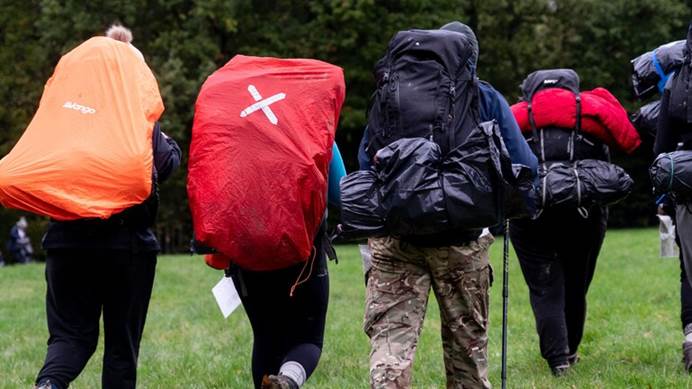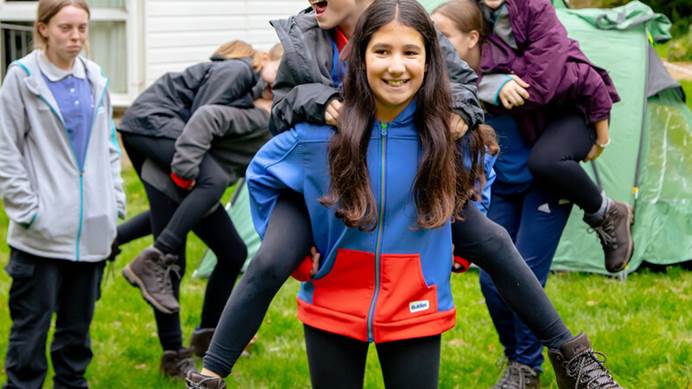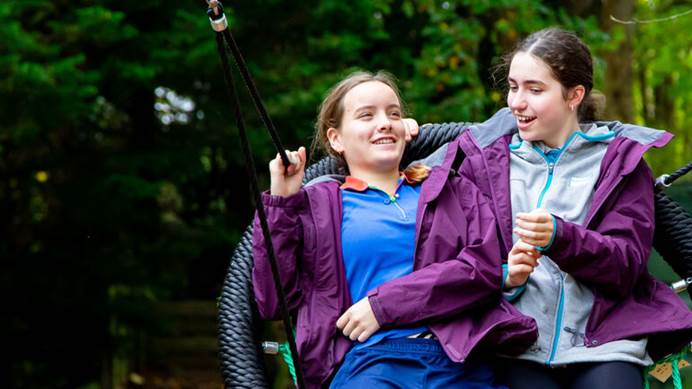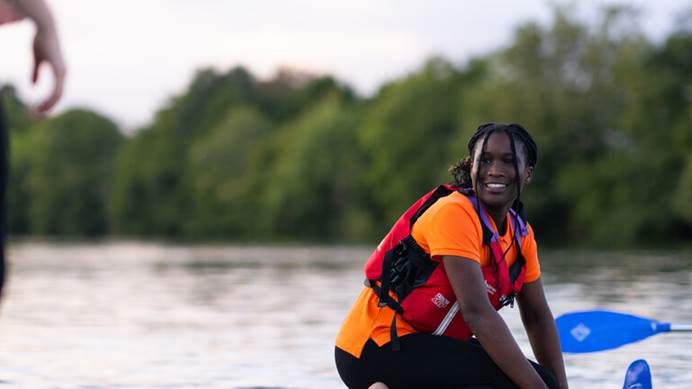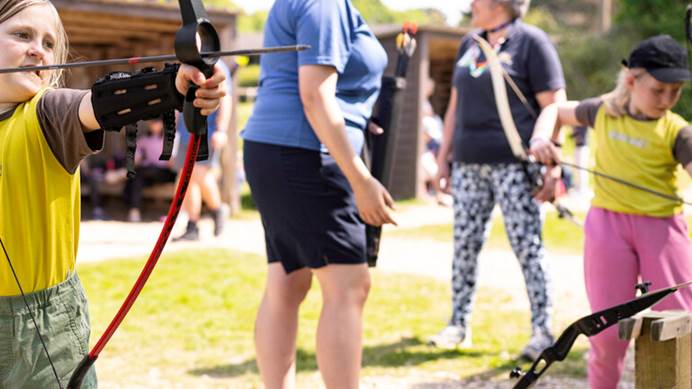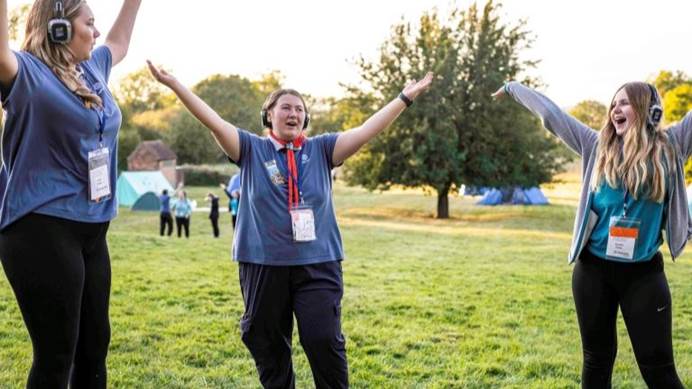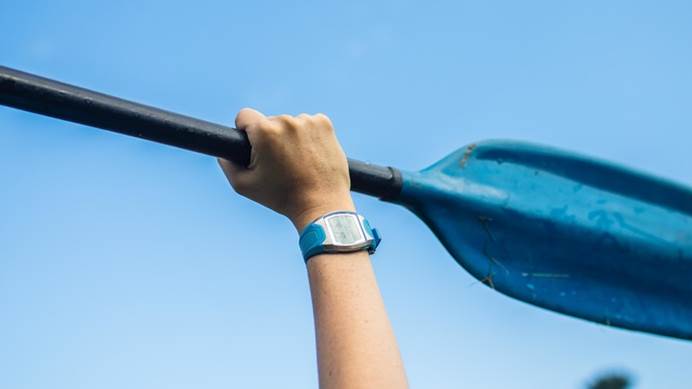Planning the fundamentals
When to hold your large event, how many people to plan for, and what kind of venue will work best
This guidance is part of our toolkit for running large-scale events.
This webpage will guide you through the things it’s essential to consider in the early stages of planning your large event.
This includes when to hold your event, how many people to plan for, and what kind of venue will work best.
You’ll also find guidance on working with other organisations, involving the public, and managing performers or entertainment.
When to hold your event
Things to consider:
- School holidays.
- Religious holidays and cultural celebrations.
- Seasonal factors.
- Other events (not just guiding-related) that might impact attendance.
- Venue availability and cost.
- Availability of hired services and activities.
- Limitations of public transport (on weekends and public holidays, for example).
Planning timescale
The larger and more complex your event, the more time you’ll need to plan. We recommend:
- At least 12-18 months for events with over 100 attendees, including the management and support team.
- Around 2 years for events that:
- Have 400+ participants.
- Take place on a greenfield site (not typically used for events).
- Feature multiple activities.
- Include international participants.
The exact timeline depends on the experience of the event lead. If you’re unsure, speak with your commissioner about how long your planning period should be. Planning often takes longer than expected, so build in extra time as a contingency (like you would with a budget).
How many people will be attending?
Your venue choice may determine your event capacity. Or you may set a limit first and choose a venue accordingly. Remember to include the management and support team in your total numbers.
Key considerations:
- Make sure your programme and activities are suitable for everyone attending.
- Follow adult-to-child ratios for each section and activity.
- Seek input from attending units and relevant section advisers about the needs of those attending the event.
The event coordinator and any team members who can’t directly supervise don’t count towards adult-to-child ratios.
Other factors that may affect capacity:
- Catering: you may be able to have more people at a catered event, while self-catering could limit numbers.
- Wheelchair accessibility: if a designated wheelchair area is needed, consider size (how much space is needed?), integration (will it be within the main audience area?) and impact (how does it affect your overall layout and capacity?).
- Fire regulations: if you have a no-flame rule, tents can be placed closer together. Otherwise, you’ll need to allow space around catering tents.
Joint events with other organisations
Joint events are a great opportunity to pool resources, meet new people, and do activities you might not manage alone. But they come with added complexity and risk, which should be carefully considered.
- Your commissioner and their equivalent at the other organisation must approve the event.
- Each organisation may have different rules, including adult-to-child ratios. You must always meet Girlguiding’s rules as a minimum.
- Work together to make sure both organisations can meet their requirements.
For more information, check out our information on activities with other organisations.
Involving members of the public
Opening your event to the general public comes with additional risks. Think about what might happen and what steps you’ll need to take, such as extra security.
Opening your event to friends and family is considered lower risk than opening it to the public. Friends and family aren’t members or volunteers, so they don’t have to follow Girlguiding codes of conduct. While they may not be bound by our policies, it’s still important to set clear expectations about how they’ll take part in the event and how they should behave.
Performers and entertainment
Performers are responsible for risk assessing their own acts. But you must get a copy of the risk assessment from each performer or group.
For example, if you’re running a gang show with multiple units, each unit must complete a risk assessment for their performance. This is a requirement to help keep everyone safe. You should also set clear restrictions for performances. These could include:
- No items to be thrown into the audience.
- Performers must stay within designated areas and not leave the stage during their act.
- Limiting audience participation unless it’s been risk assessed and is properly managed.
See our performance guidance for more information.
Remember, you’re still responsible for the performance area itself, including:
- Stage safety: check for trip hazards, stability and secure edges.
- Routes on and off stage: ensure clear, safe access for performers.
- Audience and crowd management: plan for safe entry, exit and emergency procedures.
By setting clear guidelines and reviewing risk assessments, you can make sure your event is safe and well-managed.
